A Layman’s Look At the Refrigeration Cycle in Residential AC Systems
 Have you ever wondered just how your air conditioner cools your home? Sure, you turn down the thermostat and enjoy cool air when the summer weather is beating down, but what is actually happening? An air conditioner cools your home by means of the process known as the “refrigeration cycle.” This blog will focus on presenting a layman’s explanation of the role of the refrigeration cycle in residential AC and heat pump systems.
Have you ever wondered just how your air conditioner cools your home? Sure, you turn down the thermostat and enjoy cool air when the summer weather is beating down, but what is actually happening? An air conditioner cools your home by means of the process known as the “refrigeration cycle.” This blog will focus on presenting a layman’s explanation of the role of the refrigeration cycle in residential AC and heat pump systems.
What Is the Refrigeration Cycle?
The refrigeration cycle is the term used to describe the process by which your air conditioner keeps your home cool, or the heating side of a heat pump heats your home during the winter. Air source heat pumps and AC systems do their jobs by circulating refrigerant gas (such as R-410A) thru the components in a closed system that’s located both outdoors and inside of your home, making use of the properties of the refrigerant in the process. Air conditioners and heat pumps that feature an outdoor unit plus a separate, matching indoor component are commonly referred to as “split systems.” In this discussion, we’ll look closer at the two most common types of residential HVAC split systems, central AC and heat pumps, and ductless mini-split AC and heat pumps.
What Are the Key Components in Split System AC & Heat Pumps?
Before we describe how the refrigeration cycle in AC and heat pump systems works its magic, let’s take a closer look at some of the primary pieces/parts that make up a split system.
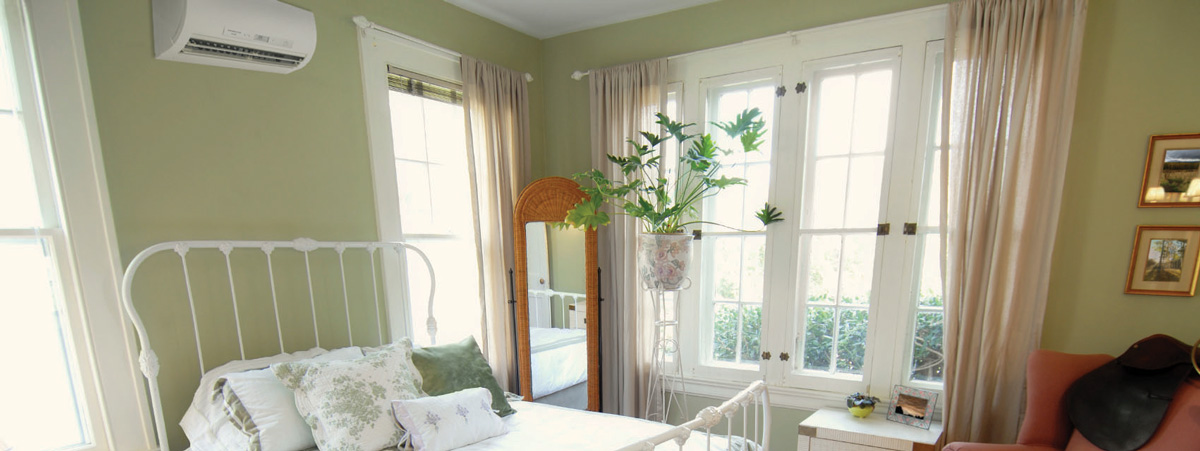
The primary components in residential split systems include the:
- Outdoor condensing unit – This relatively large unit that many homeowners recognize and which sits outdoors alongside the home, houses the compressor, the condenser coil, an exhaust fan, and a variety of operation and safety controls.
- Compressor – This is the heart of the outdoor condensing unit, and is typically located down near the center of the condensing unit. The role of the compressor is critical in changing the phase of refrigerant in order to either release (in the case of AC) or absorb heat (heat pump) outdoors.
- Condenser coil – The condenser coil is comprised of many, closely-spaced aluminum fins – think car radiator – and wraps around the sides of the outdoor condensing unit. When you look closely, you’ll see these fins are attached to rows of metal tubing; this tubing carries refrigerant. The condenser coil plays an important role in transferring heat and in changing refrigerant from a gas back to a liquid in AC systems; it must be kept clear of debris and dust for the system to function properly.
- Line set – The line set is the carefully sized pair of copper pipes that connects the outdoor condensing unit to the indoor part of the system. The line set consists of two different diameter pipes (one is insulated) whose exact sizes are matched with the system being installed. On ductless systems, where the line set is often run varying distances outdoors, the piping is normally covered by a protective, colored, weatherproof enclosure.
- Indoor evaporator coil – Also known as the “A-coil” in central systems, the evaporator coil is normally housed in a metal case that sits right on top of the furnace and connects to the ducting system. Containing aluminum fins and tubing similar to the outdoor unit, this coil also plays a critical role in removing or supplying heat to the home thru the refrigeration cycle. Like the outdoor coil, the evaporator coil must also kept clear of debris and obstructions; the furnace filter serves a crucial role in this regard. In the case of ductless mini-split systems, the evaporator coil is contained within the wall-mounted indoor blower unit, which has its own air filter that should be cleaned regularly. Evaporator coils typically contain a refrigerant metering device, known as a thermal expansion valve (TXV), or metering device, to help regulate the flow of refrigerant thru the coil.
- Furnace or indoor blower unit – In the case of central AC and central heat pumps, the existing furnace serves the role of distributing conditioned air to the home thru the ducting system. Ductless mini-splits, which operate independently of centrally ducted systems, have their own self-contained indoor blower units which contain a quiet, multi-speed fan, along with the evaporator coil. The importance of air filter maintenance on both central and ductless mini-spit systems was emphasized above – and we’re glad to repeat it again, it’s really that important!
A Layman’s Description of the Split-System Air Conditioning Cycle
During the operation of a central AC system, refrigerant is circulated continuously through the entire system, from the outdoor condensing unit to the indoor evaporator coil, and back again. Simply put, when in the air conditioning (cooling) mode, refrigerant in the liquid form circulates from the condensing unit to the indoor coil, where it absorbs heat from circulating indoor air, lowering the air’s temperature before it’s blown back into the home. In removing heat from the air, the refrigerant changes from the liquid to the gaseous state before it’s pumped back outside. Outdoors, the compressor, exhaust fan, and condenser coil in the outdoor unit work together, changing the gas back to a liquid – while the cooling, or refrigerant cycle, continues circulating until the home cools down and the thermostat setting is satisfied.
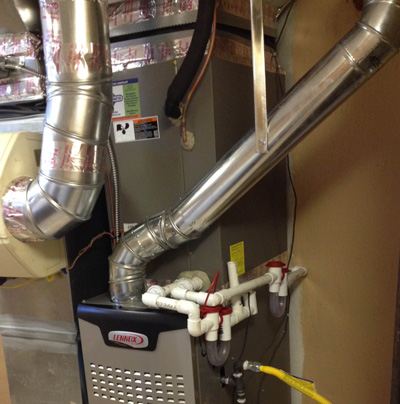
The Steps in the Air Conditioning Refrigeration Cycle
Here is a step-by-step overview of what we described above, from the point that the home heats up and the thermostat ‘calls’ for cooling until the desired indoor temperature is achieved:
-
- 1. Thermostat sends a signal to the AC system requesting cooling, and refrigeration cycle begins
-
- 2. The main fan in the furnace (or mini-split indoor blower unit) pulls warm indoor air in through return ducts (or the input grille on ductless unit)
-
- 3. The warm indoor air is blown thru the evaporator coil located either by the furnace, or inside the ductless blower unit
-
- 4. Liquid-state refrigerant entering the evaporator coil absorbs heat from the indoor air and is converted into a gas form, cooling off the indoor air in the process
-
- 5. The furnace fan circulates the cool air back into the home through the ducting system (mini-splits deliver cool air directly back into the room)
-
- 6. The refrigerant gas in the closed system circulates back to the outdoor condensing unit, and its compressor, coil, and exhaust fan, where the gas is changed back to the liquid state
-
- 7. The liquid refrigerant travels back to the indoor coil as the refrigeration cycle continues until the thermostat is ‘satisfied’ and the outdoor unit and indoor blower (furnace fan or mini-split blower unit) shut down
Where Do Heat Pumps Come Into Play?
In the case of heat pumps, which in addition to AC also provide warmth during the winter, the process described above essentially works in reverse during the heating season. The condensing unit in a heat pump contains controls and valving that allows refrigerant to flow in either direction, giving the unit the ability to perform as either a cooling or a heating system, depending on the time of year. Heat pumps continue to grow in popularity as a ‘green’ heating option both in ductless mini-split systems, as well as when paired with a furnace in a dual fuel central system.

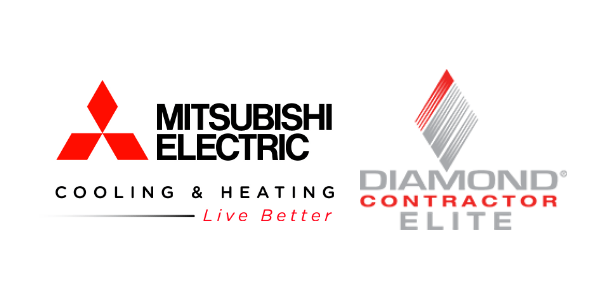
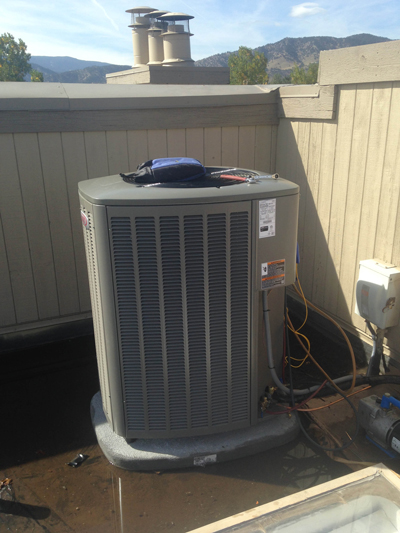
Questions About Air Conditioning and Heat Pumps in Denver-Boulder?
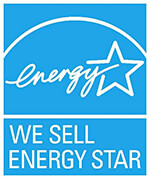 There is plenty more science and technology involved in understanding the refrigeration cycle than we’ve presented here. For instance, what does a TXV do, and how? ‘Tmi’ is our response, for now! Our team is always glad to answer a wide range of questions from homeowners in the Denver-Boulder metro area. Whether you’re curious about efficiency ratings, sound levels, sizing parameters, or any other factors that involve installing a central or ductless air conditioner or a heat pump system for your home, you can count on our team at Save Home Heat to do our best to fully inform you in a friendly, low-pressure manner. Please reach out to us today if you’d like to chat further!
There is plenty more science and technology involved in understanding the refrigeration cycle than we’ve presented here. For instance, what does a TXV do, and how? ‘Tmi’ is our response, for now! Our team is always glad to answer a wide range of questions from homeowners in the Denver-Boulder metro area. Whether you’re curious about efficiency ratings, sound levels, sizing parameters, or any other factors that involve installing a central or ductless air conditioner or a heat pump system for your home, you can count on our team at Save Home Heat to do our best to fully inform you in a friendly, low-pressure manner. Please reach out to us today if you’d like to chat further!
Please contact me to discuss a new air conditioner or heat pump for my home!
Tags: Cooling, Heating

